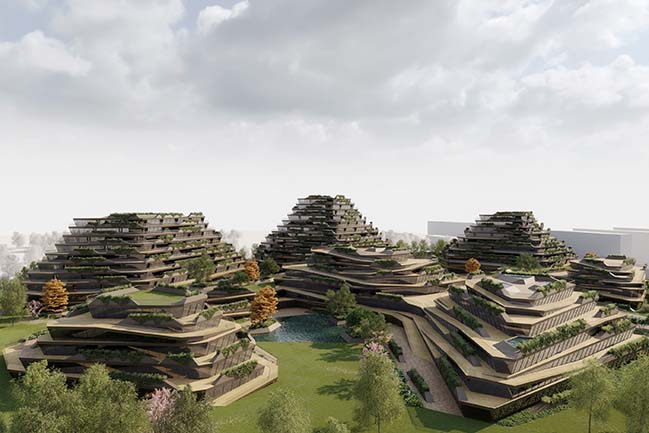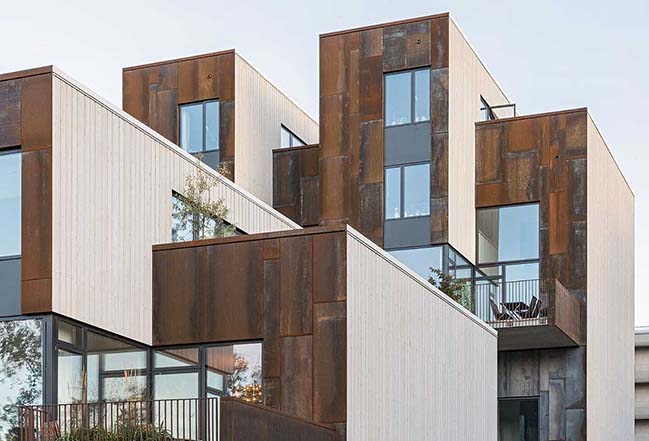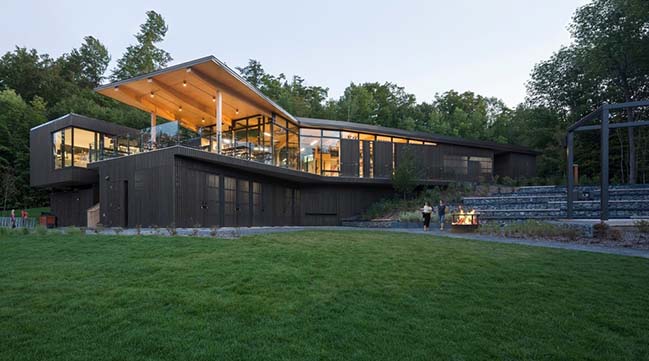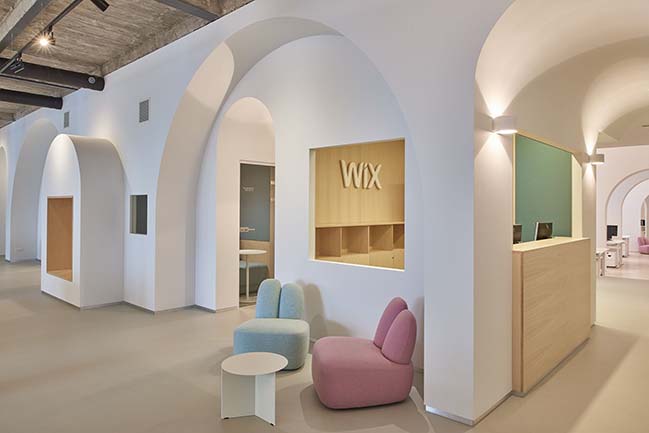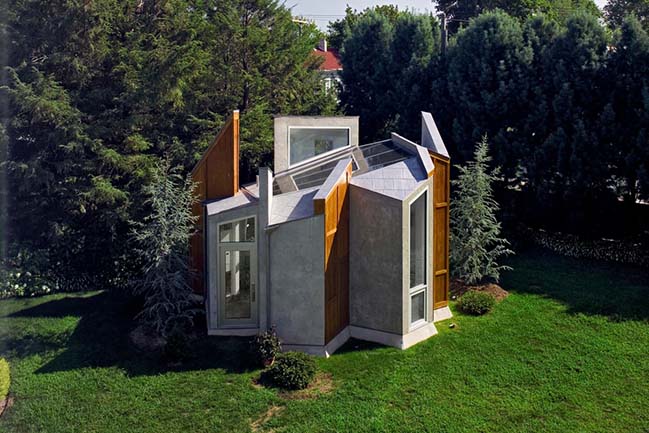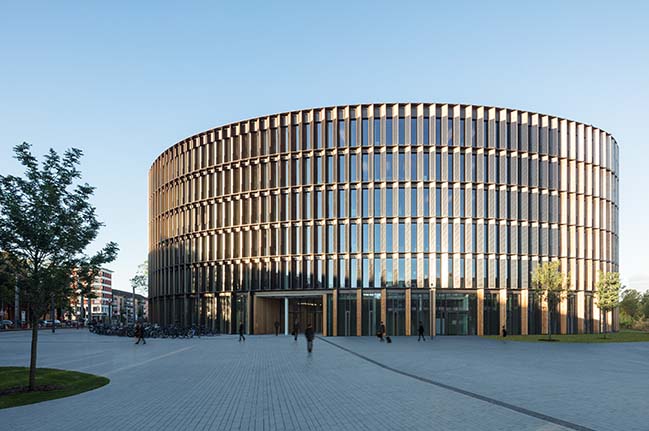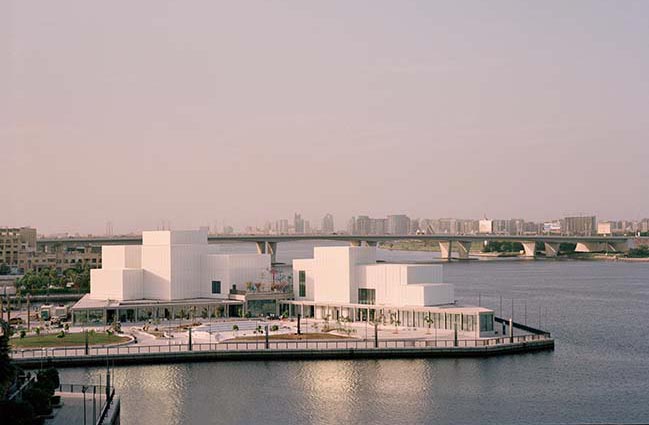01 / 12
2018
MVRDV and research think-tank, The Why Factory, jointly developed interventions exploring future cities: The Future City is Wide: Products that will Change our Cities, (W)ego House and The Vertical Village. Alongside these installations is a presentation of The Next Hutong, a research project by MVRDV that reflects on the hutong’s developments over the last decades, and proposals for a better way to model its future.
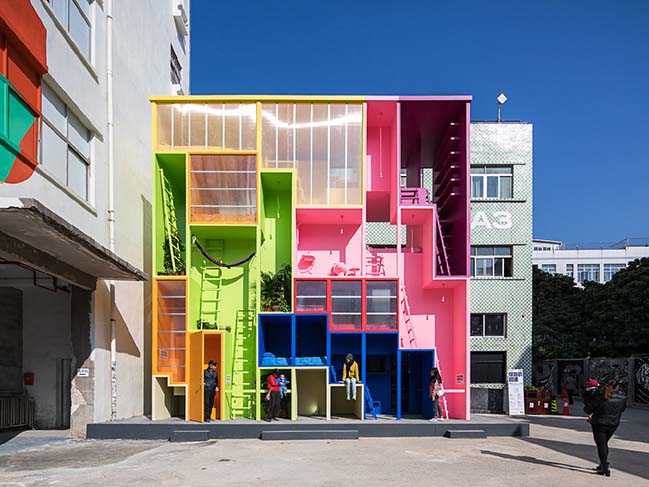
Architect: MVRDV
Location: Shenzhen, China
Year: 2017
Research and concept design: The Why Factory
Team: Winy Maas, Jacob van Rijs and Nathalie de Vries with Wenchian Shi, Kyosuk Lee, Ting Wen , Michael Zhang, Jaime Bálgoma, Saimon, Gomez Idiakez, Antonio Luca Coco, Matteo Artico, Carlo Cattó, Lukasz Brzozowski
Photography: Phosfor: Frans Parthesius
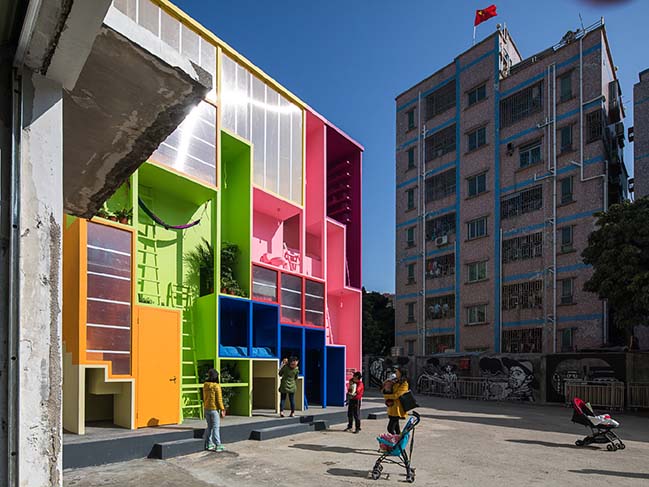
Project's description: The Future City is Wide: Products that will Change our Cities is the result of over ten years of research by students of The Why Factory into future city products. How will these products change the world? What will it be like to live in an absolutely wonderful, infinite, fast, green, fun, biodiverse, compact, porous, (w)egoistic, and flexible world? What urban forms might appear? The products shown here in this film installation offer a wide range of answers to those questions with endless possibilities.
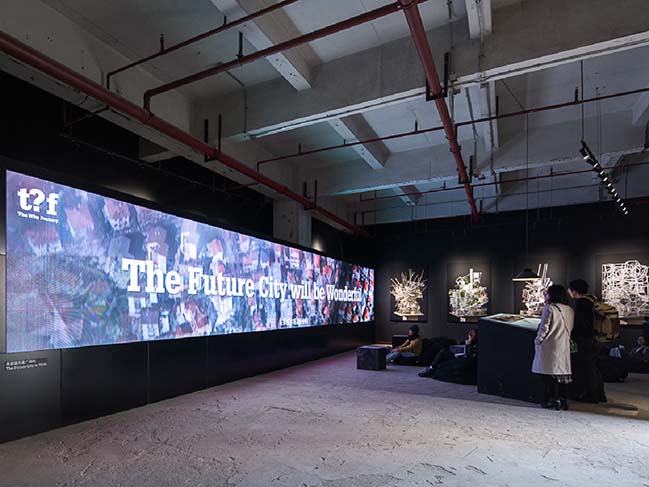
(W)ego House is an installation of several rooms made to fulfil idealistic but egoistic perspectives in a limited space. When confronted with the dreams of others, users must learn to negotiate with each other to optimise use of limited urban space. The (W)ego installation represents a window into the future of adaptable housing to the user’s needs. This vision allows the coexistence of multiple lifestyles in an optimized dense reality.
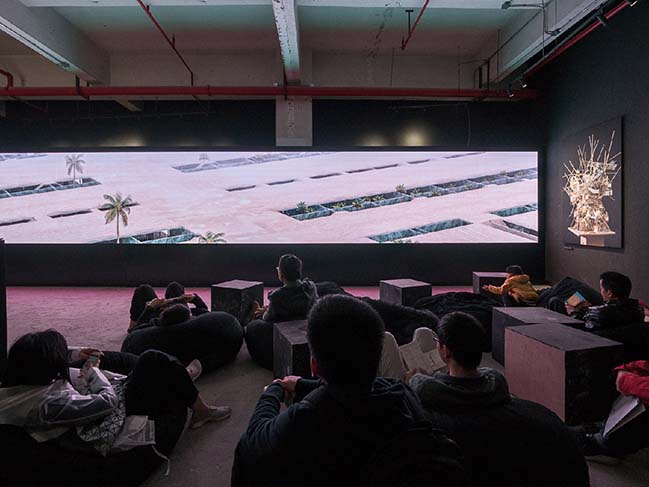
The Vertical Village: Individual, Informal, Intense envisions a new model for the development of Asian cities. MVRDV and The Why factory proposes The Vertical Village, a three-dimensional community intended to bring back personal autonomy, diversity, flexibility and neighbourhood life to cities in Asia.
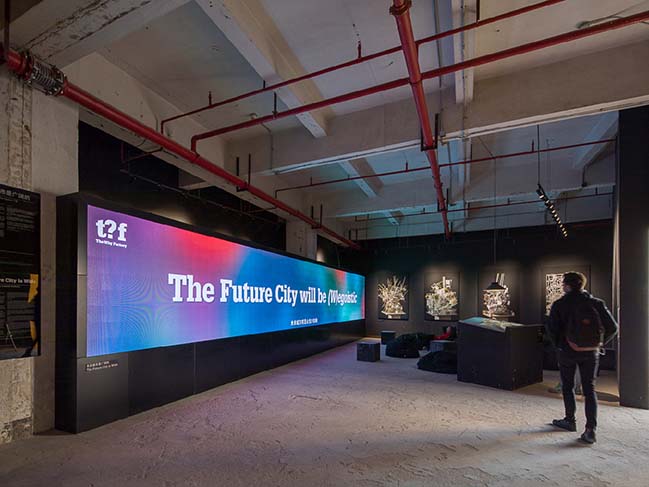
The Next Hutong is based on the result of research on The Xianyukou Hutong, located next to Beijing’s Tiananmen Square. As it awaits redevelopment, inhabitants have moved to other locations and it has been left almost entirely vacant. What to do with this unusual situation? Because of the hutong’s prominence in central Beijing, it is a highly visible project, and the moment when a decision is made requires a huge amount of responsibility. What should it become? This is a moment to reflect on the hutong developments over the last decades and to create a better model for the future, the next hutong.
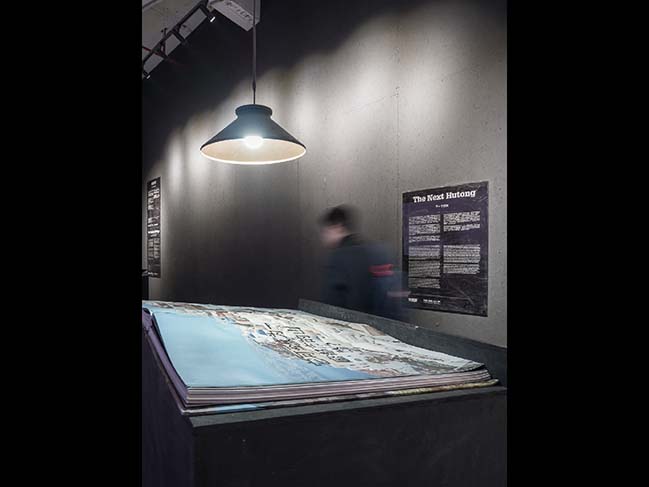
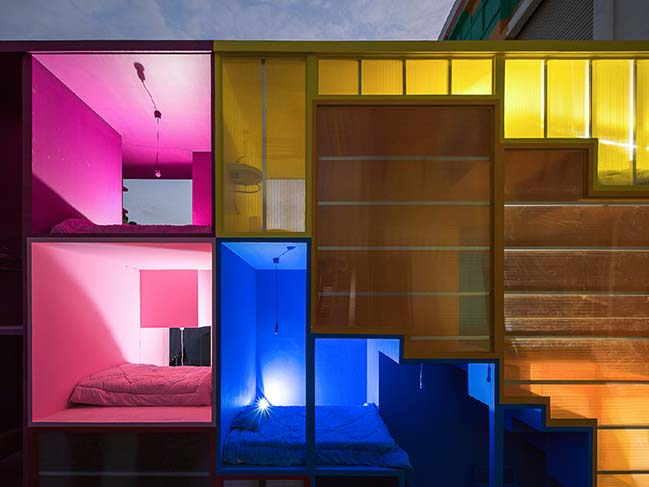
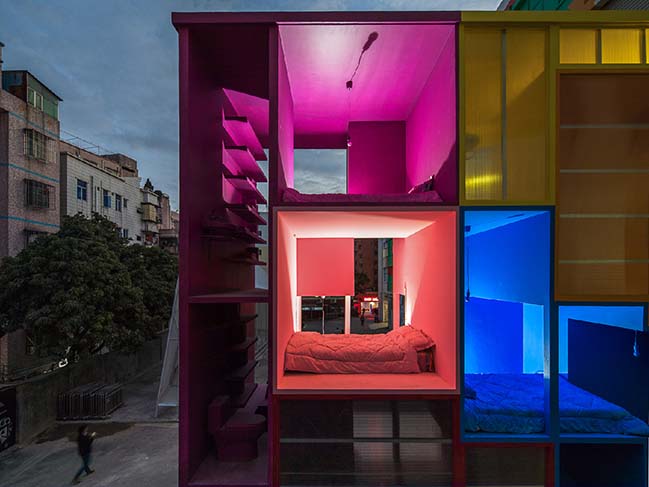

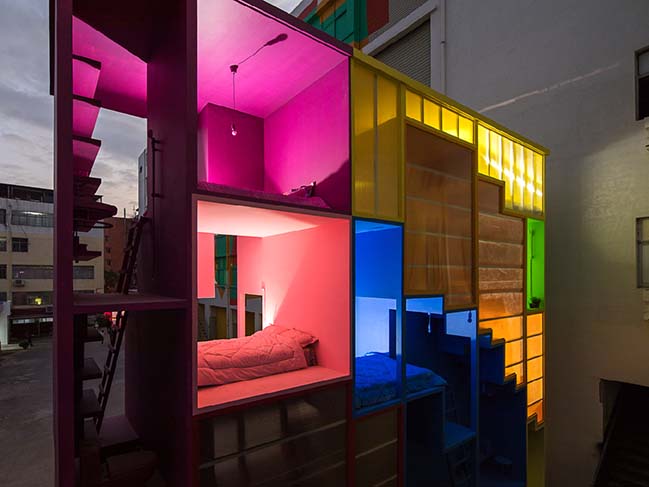
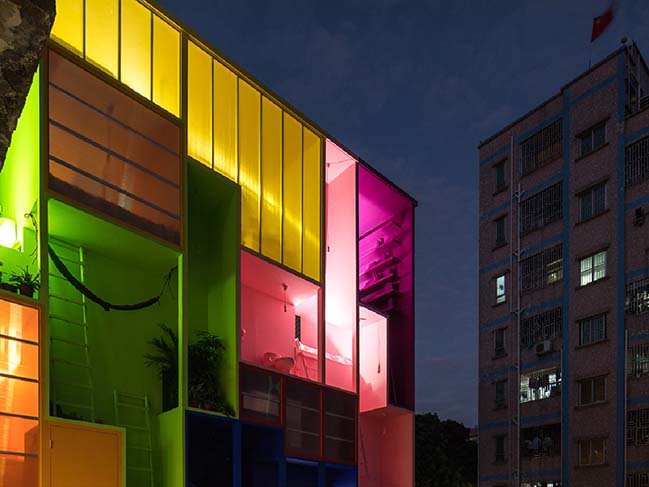
> Futuristic new Kennedy Town Swimming Pool in Hong Kong
> Design Society Shenzhen by MVRDV
Bi-City Biennale of Urbanism\Architecture by MVRDV
01 / 12 / 2018 MVRDV and research think-tank, The Why Factory, jointly developed interventions exploring future cities: The Future City is Wide
You might also like:
Recommended post: Jameel Arts Centre in Dubai by Serie Architects
